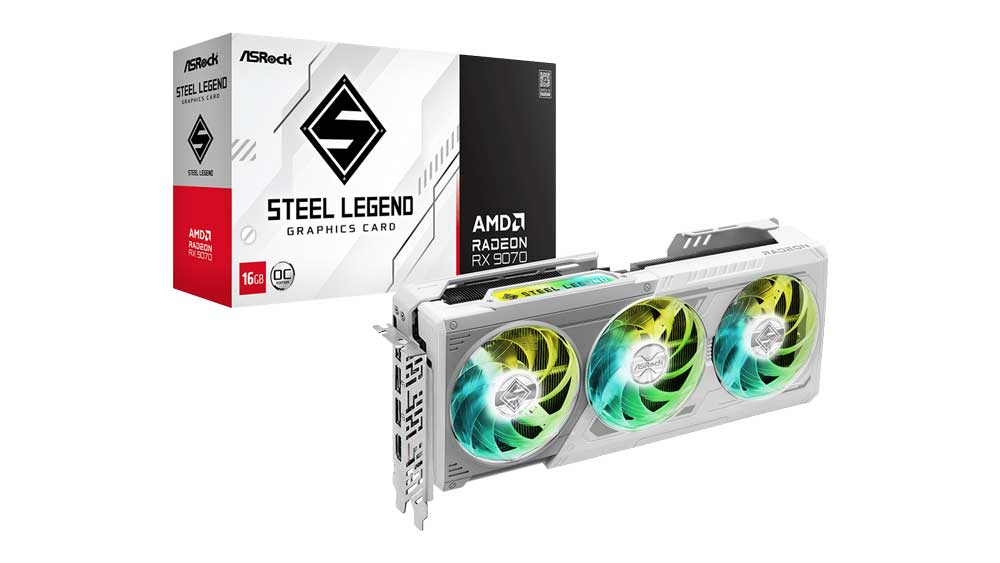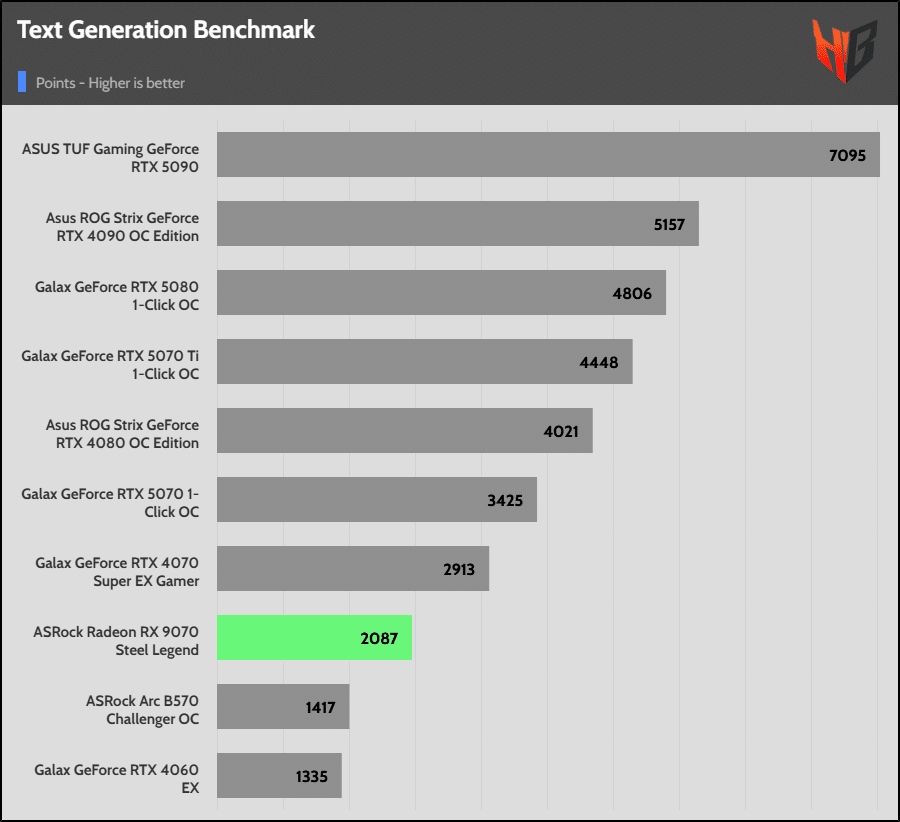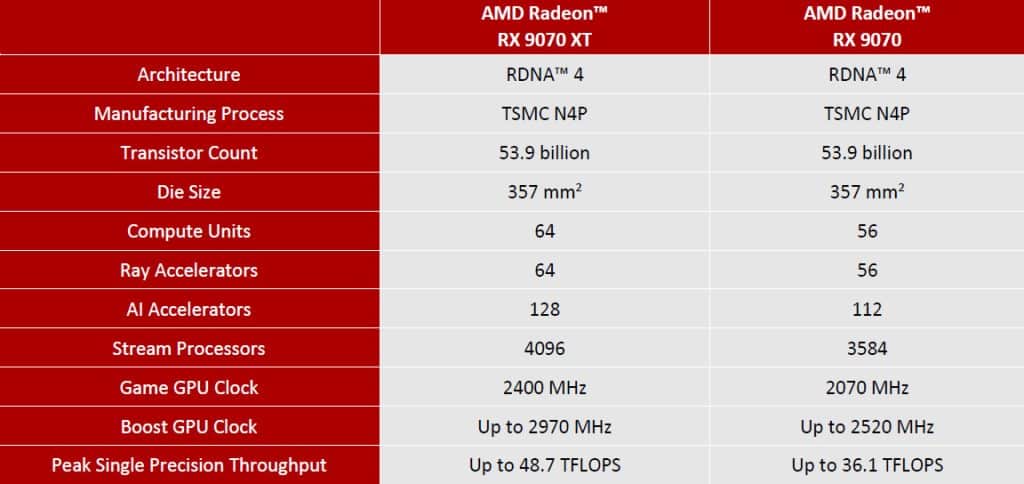Epilogue
First, I should thank ASRock for sending the sample for this review. I usually buy out of my own pocket graphics cards for testing, but thankfully, this won’t be the case for long. Now let’s get back to the subject at hand, the AMD RX 9070, which is supposed to go against the mediocre 5070, which in essence is an RTX 4070 Super with higher power consumption and MFG. There is no doubt that the RX 9070 puts to shame the RTX 5070, and AMD did a better job keeping the prices on the 9070 cards at notably lower levels than the RT 50 series. Moreover, there was increased stock on the stores, while the corresponding NVIDIA stock is restricted.
AMD vastly increased ray tracing performance in the Navi 48 GPU, closing the performance gap in an area where it wasn’t competitive so far. This is good news for all users who want to enjoy popular game titles with RT enabled. Moreover, the new FSR 4 AI upscaling technology is here, and there is, of course, Frame Generation (FG), but not Multi Frame Generation (MFG), which doesn’t seem to attract users so much, despite NVIDIA’s enthusiasm about MFG. Everyone remembers Jensen at CES 2025 stating that even the plain RTX 5070 will be faster than the RTX 4090, with MFG enabled. Still, eventually the result is not as pleasing as Jensen and NV’s marketing wanted, with users stating that they want real and not “fake” AI frames.
| AMD Radeon RX 9070 vs. NVIDIA RTX 5070 (FHD, QHD, UHD Combined) | |||
| Metric | FPS Improvement | FPS per Watt Improvement | |
| Raster | +10.903% | +5.923% | |
| +DLSS | +1.183% | +4.323% | |
| +RT | +12.183% | +4.717% | |
| +RT + DLSS | +1.90% | -6.303 | |
| +RT + DLSS + FG | +13.36% | +2.553% | |
| AVG: | +7.906% | +2.243% | |
Close to 8% FPS improvement over the not-so-good RTX 5070 and a little above 2% improvement in FPS per Watt, all with RT included! AMD finally starts to catch up with NVIDIA, and I expect RDNA 5 to be on the same level, if NVIDIA doesn’t forget the AI story and focus back on pure GPU power.
Speaking of AI, NVIDIA remains the dominant force in this area, with AMD trying to follow.
If you need a good ATX v3.1 PSU to match your GPU, this article lists the best ATX v3.x PSUs. I am well aware that AMD’s GPUs don’t use 12+4 pin connectors, not all of them at least, but it is still good to get a modern and future-proof PSU.
The following table reminds you of the differences between the RX 9070 series members.
- Notably faster than the RTX 5070
- Vastly improved RT performance over RDNA 3
- Efficient
- 16 GB VRAM offers future-proof gaming
- FSR 4 support
- Low IDLE power consumption
- Fan stop feature for lower noise output
- HDMI 2.1b and DP 2.1a support
- PCIe 5.0 support
- High-end hardware encoding acceleration
- High overclocking potential
- Silent operation
- Prices are not close to MSRP
- MSRP is dangerously close to RX 9070 XT
- NVIDIA RT and AI technologies remain at the top
- Some Rendering apps don’t work because of CUDA’s absence
- Prologue & Technical specifications
- Ray Tracing Explained
- RDNA 4 Explained
- Box & Contents
- Part Analysis
- Specifications Comparison
- Test System
- Game Benchmark Details
- Raster Performance
- RT Performance
- RT Performance + DLSS/FSR Balanced
- Raytracing Performance + DLSS/FSR Balanced + FG
- DLSS/FSR Balanced (No RT)
- DLSS/FSR Balanced + FG (No RT)
- Relative Perf & Perf Per Watt (Raster)
- Relative Perf & Perf Per Watt (Raster + DLSS/FSR)
- Relative Perf & Perf Per Watt (RT)
- Relative Perf & Perf Per Watt (RT + DLSS/FSR)
- Relative Perf & Perf Per Watt (RT + DLSS/FSR + FG)
- Rendering Performance
- Operating Temperatures
- Operating Noise & Frequency Analysis
- Power Consumption
- Clock Speeds & Overclocking
- Cooling Performance
- Epilogue






